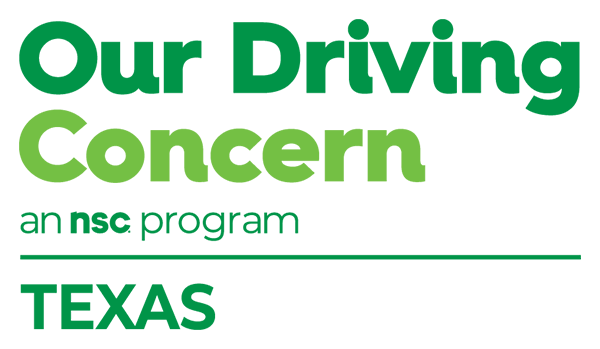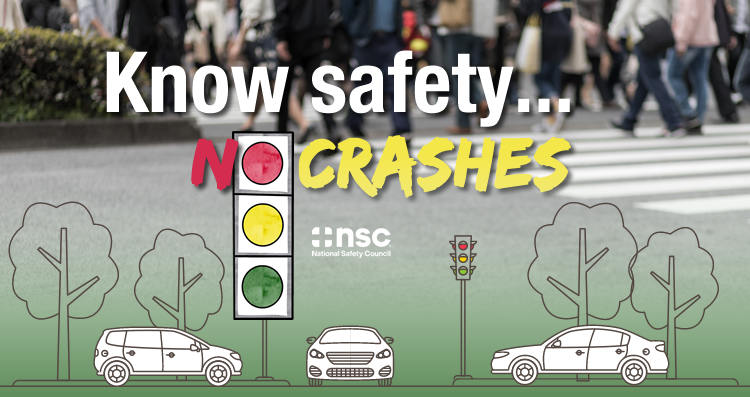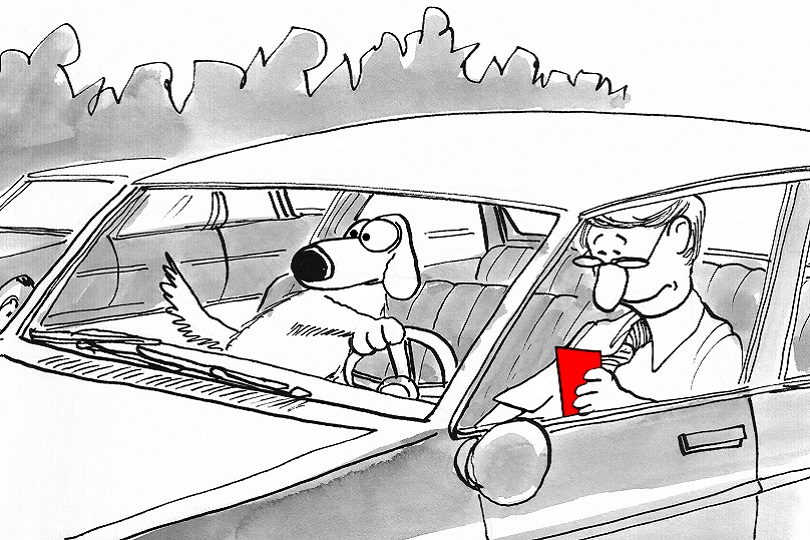Distracted driving is one of the most dangerous things we can do while driving. Research tells us distracted driving is more commonplace than drunk driving, reckless driving and fatigued driving. The sad truth is distracted driving is becoming more and more common and has increased 222% since 2010, according to the National Highway Traffic Safety Administration.
So why is it that distracted driving is so dangerous? Distracted driving has a lot of definitions, but they all break down to, “anything a driver does while driving other than driving.” It is usually broken down into visual (the stuff that we look at while driving), manual (the stuff we touch other than the steering wheel while driving) and cognitive (the stuff we think about while driving).
While distracted driving is dangerous and results in more than 3,000 reported deaths and more than 400,000 reported injuries each year, we are lucky there are things that we, as drivers, passengers and employers, can do about it.
- Employers: As employers, we can install devices that let us know if our drivers are distracted, we can encourage them to use apps that pay them to not use cellphones while driving, train our employees on the dangers of distracted driving, and we can remind them constantly.
- Passengers: As passengers, the most important thing we can do is not distract the driver.
- Drivers: As a driver, we can plan our trip so we do not need to look at our phone while driving, we can put our phones away so we don’t have access to them while driving, we can limit the number of passengers we have with us and we can get a good rest before driving.
Fatigue contributes to distracted driving because it makes it easy to daydream or become lost in thought. This is a form of cognitive distracted driving that contributes to more than 60% of all distracted driving events such as crashes and near crashes, according to analysis of U.S. police report data. However, texting is worse than being lost in thought because it makes a driver 23.2 times more likely to lose focus and end up in a crash, according to a study by the Virginia Tech Transportation Institute. In fact, using a cellphone, whether handheld or hands-free, is often considered distracting enough to be at the legal limit of alcohol-impairment.
To sum it up, if we were all to pay attention while driving by planning our route, being rested, in the moment and off our phones, we could save 3,000 lives and prevent 400,000 injuries every year. Anything worth doing is worth doing well, right?
– Tom Fessenden is the director of HSE at Indeca Crude Xpress



